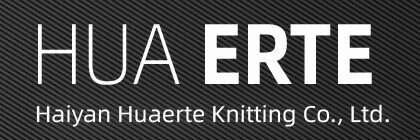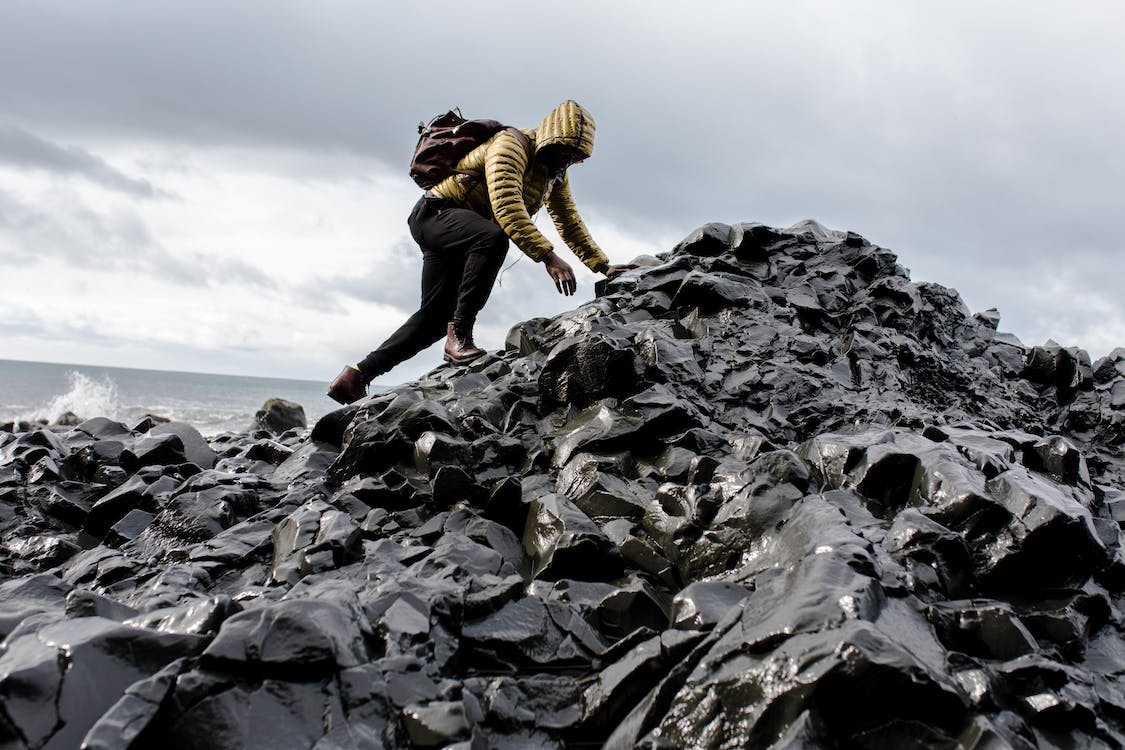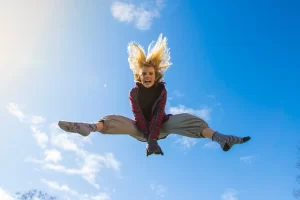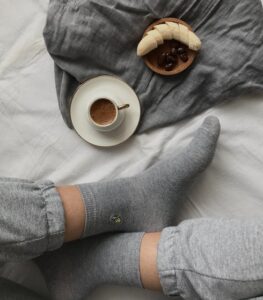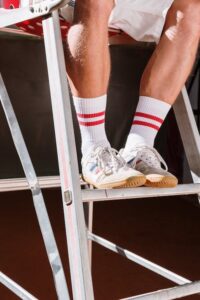Most outdoor physical work is done with your feet, whether it’s hiking, climbing, or skiing…… It’s important to keep your feet happiness. A lot of people will be curious about how to choose socks for outdoor activities. I have eaten a lot of losses here and you talk about a one-time buy right.

I once had to stop for a week on a high-intensity, long reloading trip because of blisters on my feet from ill-fitting shoes and socks. In the meantime, I bought a new pair of shoes, replacing the now-unknown hiking shoes I had worn for a decade (back then, I only went outdoors during winter and summer vacations as a student).
Spending thousands on a pair of hiking shoes is the end of school days, but it is really painful. I’m not that keen on my phone or bag, but when it comes to gear and outdoor clothing, I can’t afford to shortchange myself.
Feet are the first line of defense.
Now, it seems, is worth it.
1. Best Socks for Outdoor Activities Material:
The top and ideal material is Merino wool, whose unique fiber structure allows for high dryness even in the case of sweaty feet, facilitating perspiration and quick drying while retaining heat.
Unlike chemicals, it also naturally resists the growth of bacteria in moist feet.
Many functional brands use this material in their thermal and sweat-wicking base layers (such as long
sleeved underwear).
It is well suited for use in extreme climates and geographies.
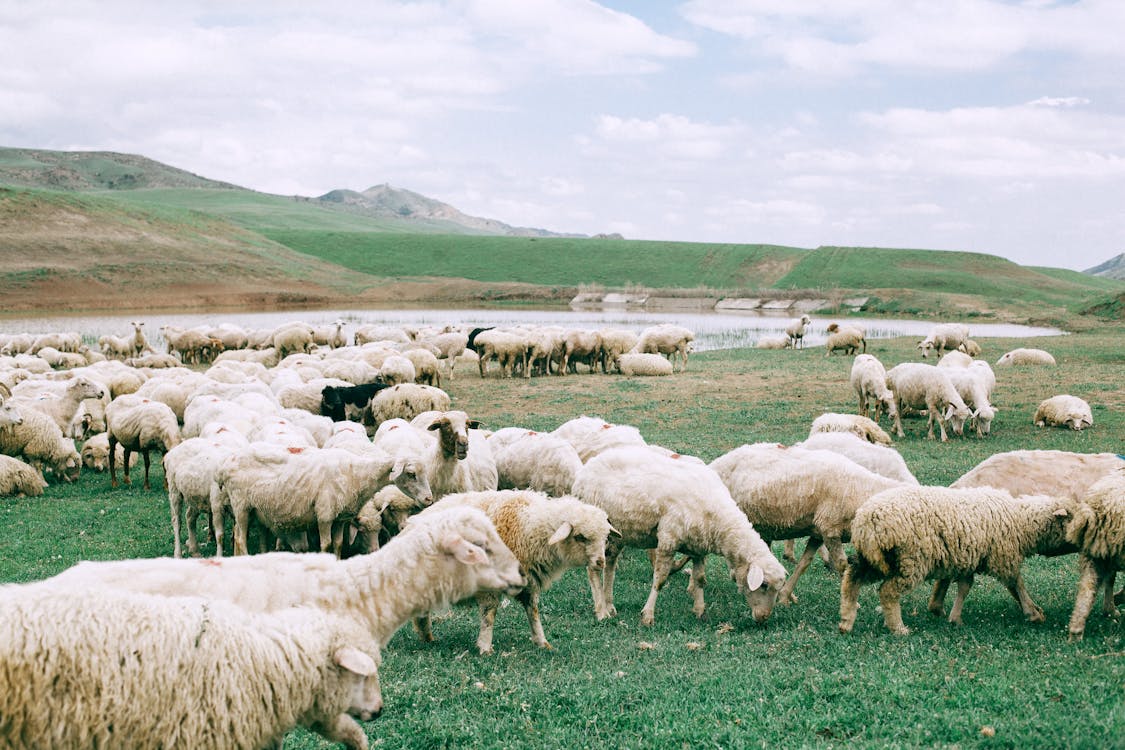
Coolmax is another functional fabric for outdoor sweat drying. Coolmax is a man-made knitted fabric that is comfortable, breathable, lightweight, easy to wash and doesn’t warp.
Slightly less than wool in performance, but more attractive in price. This material is often used in sports apparel and socks.
Mixed buying is a great way to save money. Especially in some outdoor activities that do not show the advantage of wool socks in mild climate and simple terrain, coolmax sports socks wear there is not much difference, can be a good control of the budget.
2. Magnitude and outdoor sports
Most professional outdoor manufacturers, like others, have specific divisions in their outdoor product lines.
For example, functionally: Hunt, Hike, Trekking, Snowboarding and Mountaineering.
Different sports design have different emphasis, we can choose for their main outdoor sports.
If you like outdoor sports more extensive and cross, we can buy from another latitude: buffer thickness.
The breakdown is as follows: Ultra Light, Light, Medium, Heavy, and Extra Heavy.
Classification from this point of view has a lot of benefits, can be similar to other outdoor socks, here to talk about:
Ultra Light. Suitable for hiking in hot summer areas, mainly low top, light, breathable, elastic. Such as volcanic climbing (through rainforest) in Indonesia during the summer.
Of course, this is the ideal purchase. In fact, in order to save money, on a day or two hiking excursion, ordinary socks can cope.
As winter outdoor underwear socks, if you have sweaty feet like mine, or feet that are very prone to blisters, a tip is to wear a layer of ultra-thin underwear (wool) that feels like silk to absorb sweat and reduce friction, before wearing wool socks, but this method is only suitable for relatively cold environments.
The Light model. The general natural thickness is about 1 times that of ordinary cotton socks, breathable, not thick. The bottom is usually thickened with a full-wool design for outdoor hiking, while the top and ankle parts are not. It is suitable for outdoor activities in four seasons in non-alpine areas. Such as: Yunnan, Guilin area summer mountain activities.
In winter or at high altitudes, a high top that extends to or covers the calf is better suited to keep the heat in the leg without obstructing circulation.
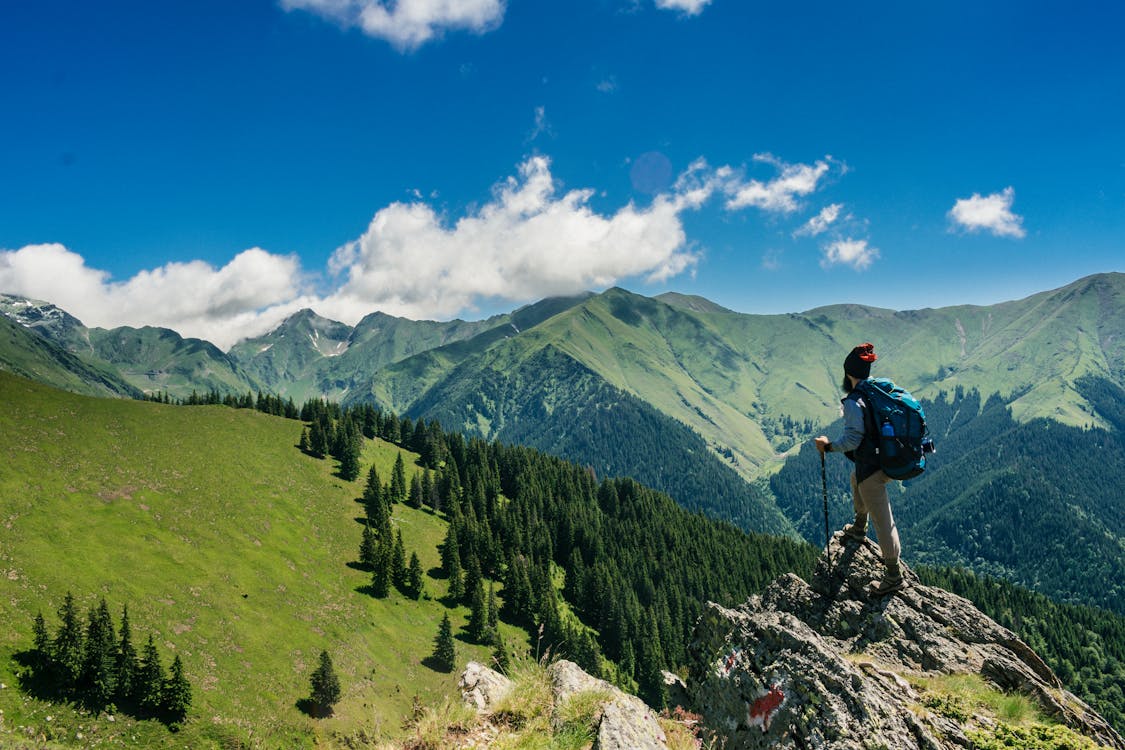
Medium thickness. The thick design provides good technical support for most mainstream hiking activities, reducing in-shoe friction and increasing breathability and perspiration. This is a good choice for summer and winter hiking in colder regions.
Heavy, Extra Heavy. The thick model is suitable for long-distance hiking in alpine areas and skiing and other relatively high altitude ice and snow sports. The thickened wool socks on the sole and top of the foot have more functional advantages in extreme environments, especially in heavy loading.
Super thick for high altitude mountaineering and polar, but I easily have cold feet, although the feeling of killing chicken, but really warm. Frostbite is scary, having frostbite experience later in the activity, there may be some subsequent risk and loss of function.
I don’t want to lose a few toes while climbing a snowy mountain. People who have the same needs as me should consider buying hiking shoes or alpine boots a little more than half to one size.
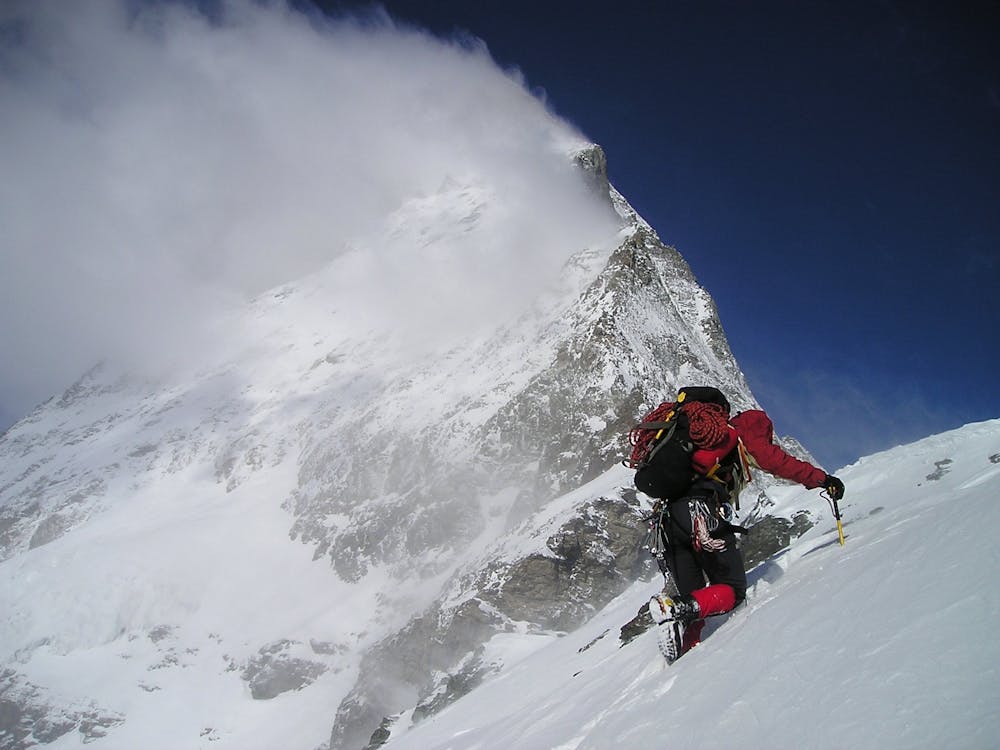
3.Other factors:
Elastic: Socks can be slightly tight, which can prevent edema of legs and dilation of blood vessels caused by long walking, but should not be too tight to cause blisters or blood circulation problems. Pay attention to avoid buying socks with tight ankle rings that are too narrow and dense.
Length: Choose a leg length at least higher than the upper part of the hiking shoe, so as not to wear the heel. Preferably, there is a cushioning cushion (or full cushion) that thickens the sole and heel of the foot.
If you still don’t know how to choose, don’t worry, you can go to the Ifootplus website to choose and customize.
Welcome to consult us to make your custom socks.
